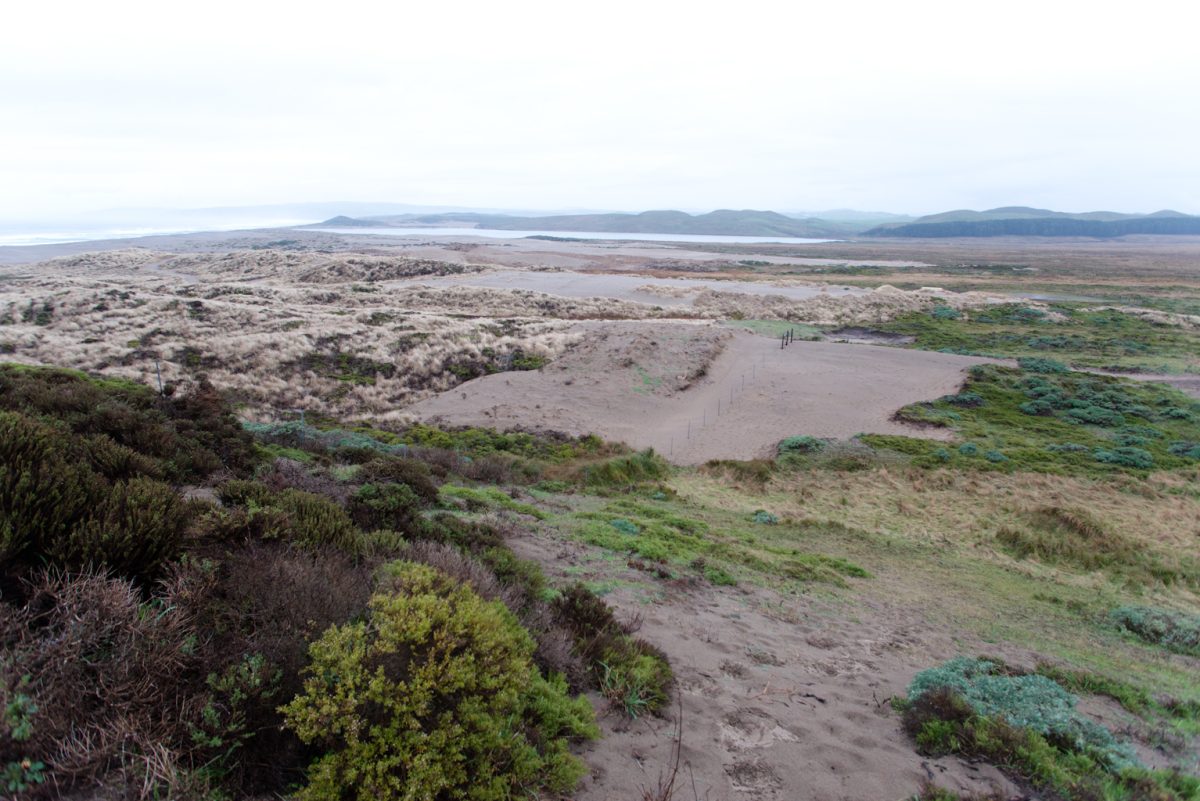European beachgrass, long favored by natural resource management agencies as a means to stabilize shifting sands, has fallen out of fashion with the National . . .
Ranchers say park plan will blanket pastures in sand


European beachgrass, long favored by natural resource management agencies as a means to stabilize shifting sands, has fallen out of fashion with the National . . .